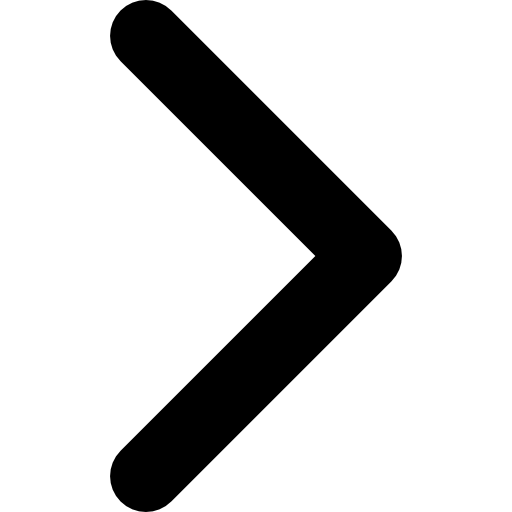Download for free the Reebok logo in vector (SVG) or PNG file format.
The Reebok logo is one of the most recognizable logos in the world today. It has undergone several iterations, reflecting the company’s changing focus and identity. The current logo is a combination mark consisting of the brand name “Reebok” in a sans-serif font and a stylized vector symbol.
In this article, we will look at the history and evolution of the Reebok logo, from its humble beginnings as a simple wordmark to its current status as a global icon. We will examine each iteration of the logo, discuss the thinking behind each design, and explore how the logo has helped Reebok become one of the leading sportswear brands in the world.
Reebok was founded 1895 by J.W. Foster and Sons, a small company in Bolton, England, that produced handmade running shoes. The company’s first logo was created in 1958 when it was still known as J.W. Foster and Sons, and it was a simple design, with the company name written in a sans-serif font and the British flag on the right side. The flag was meant to represent the company’s British heritage.
In 1971, the company changed its name to Reebok and adopted a new logo. This logo was also a wordmark but more stylized than the previous one. The letters were thinner and more angular and spaced further apart. In 1986, Reebok introduced its first logo with a symbol. The symbol was an abstract representation of the Union Jack flag, with two blue lines merging into a red line. This logo was meant to represent Reebok’s global reach and its commitment to performance.
The current Reebok logo was introduced in 1993. It is a combination mark with the ” Reebok ” brand in a sans-serif font and a stylized vector symbol. The vector symbol is an abstract representation of the Union Jack flag crossing a racing track. It represents Reebok’s heritage, commitment to performance, and focus on the future.
The first Reebok logo was a simple wordmark with the company name in a sans-serif font. The British flag was placed on the right side of the logo. This logo was created in 1958 when the company was still known as J.W. Foster and Sons. The flag was meant to represent the company’s British heritage.
Despite its simplicity, this logo effectively established the company’s identity. It conveyed that Reebok was a British company specializing in running shoes.
In 1971, the company changed its name to Reebok and adopted a new logo. This logo was also a wordmark but more stylized than the previous one. The letters were thinner and more angular and spaced further apart.
This logo was designed to reflect the changing nature of the company. Reebok started expanding beyond running shoes, and the new logo was meant to convey a more modern and dynamic image. The stylized letters gave the logo a sense of movement, which was intended to evoke the feeling of athleticism and performance.
In 1986, Reebok introduced its first logo with a symbol. The symbol was an abstract representation of the Union Jack flag, with two blue lines merging into a red line. This logo was meant to represent Reebok’s global reach and its commitment to performance.
This logo was a significant departure from the previous logos, which had been wordmarks. It was designed to be more versatile and adaptable to different contexts. The abstract nature of the symbol made it easier to use in advertising and promotional material.
The current Reebok logo was introduced in 1993. It is a combination mark with the ” Reebok ” brand in a sans-serif font and a stylized vector symbol. The vector symbol is an abstract representation of the Union Jack flag crossing a racing track. It represents Reebok’s heritage, commitment to performance, and focus on the future.
This logo is arguably the most successful iteration of the Reebok logo. It is instantly recognizable and conveys the company’s core values in a visually striking way. Using a wordmark and a symbol gives the logo a sense of balance and versatility, making it easy to use in various contexts.
The Reebok logo has played a crucial role in helping the company become one of the leading sportswear brands in the world. The logo’s simplicity, effectiveness, and timeless design have made it instantly recognizable and memorable to consumers worldwide.
The Reebok logo has also helped the company establish a strong brand identity closely associated with athleticism, performance, and innovation. The logo’s bold typography, vivid colors, and dynamic symbols convey a sense of energy and excitement that resonates with athletes and fitness enthusiasts.
Moreover, the versatility of the Reebok logo has allowed the company to use it in various contexts, including advertising, product packaging, and promotional material. By consistently using the logo across all its marketing channels, Reebok has established a cohesive and recognizable brand image instantly identifiable to consumers.
Another way in which the Reebok logo has helped the company is by providing a platform for experimentation and creativity. Over the years, Reebok has introduced several other logos besides the main one. These logos have been used for specific product lines, marketing campaigns, and events. For example, in the early 2000s, Reebok used a logo with the word “Pump” in a stylized font to promote its Pump sneakers, equipped with an air bladder that could be inflated to provide a more customized fit.
Reebok has experimented with different visual styles and branding strategies by using these logos alongside the main logo. This has allowed the company to stay relevant and competitive in a constantly evolving market while maintaining the core values and aesthetics of the Reebok brand.
In conclusion
The Reebok logo is a testament to the power of effective branding. Its simple yet striking design has helped to establish Reebok as one of the leading sportswear brands in the world, while its versatility and adaptability have allowed the company to experiment with new visual styles and branding strategies. As Reebok continues to evolve and innovate, the logo will undoubtedly play a central role in shaping its identity and communicating its core values to consumers worldwide.

 Gymshark Logo
Gymshark Logo
 Dr. Martens Logo
Dr. Martens Logo